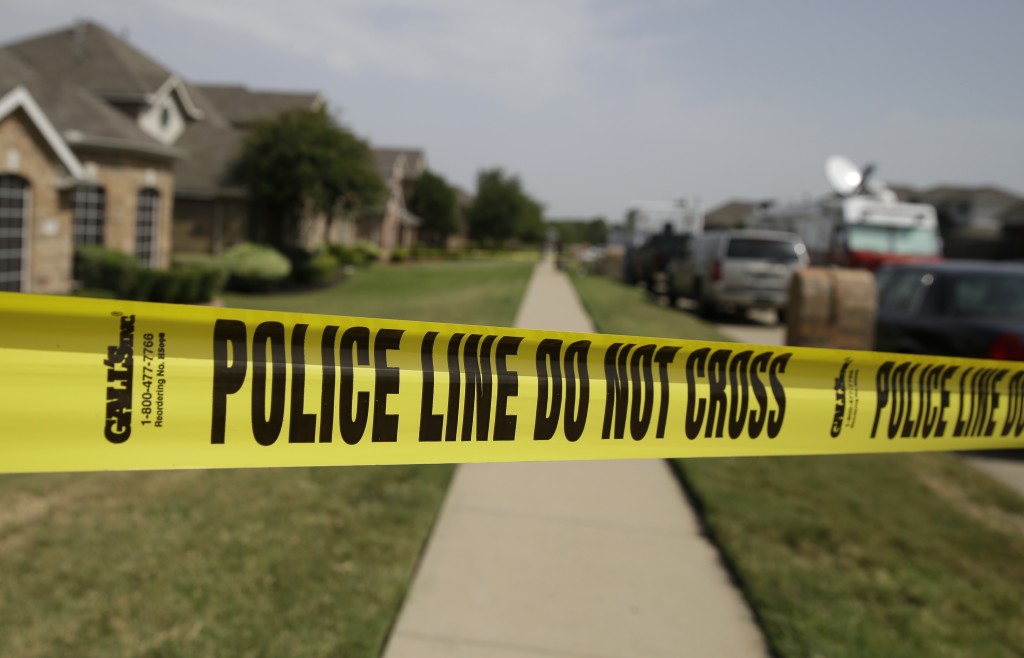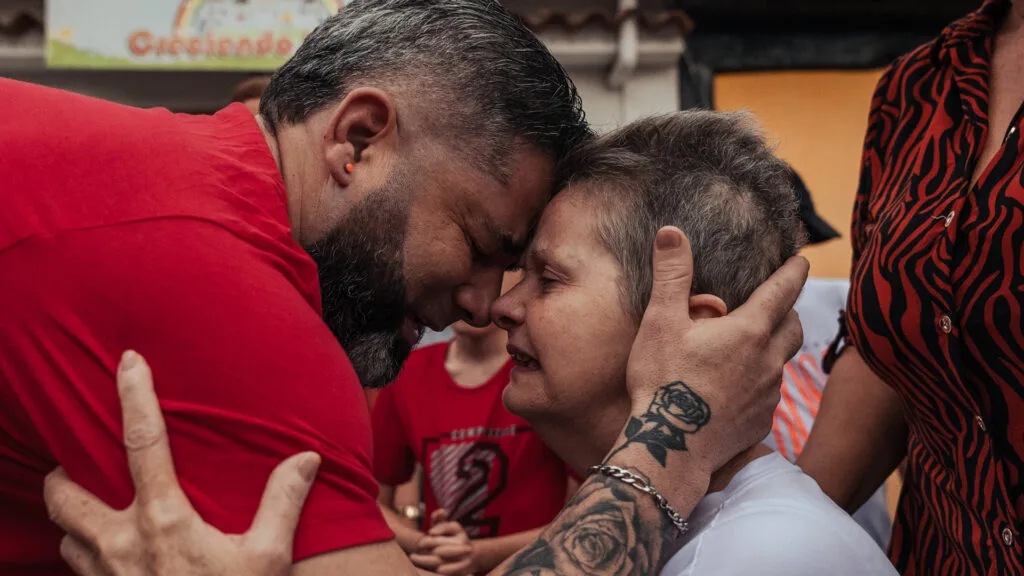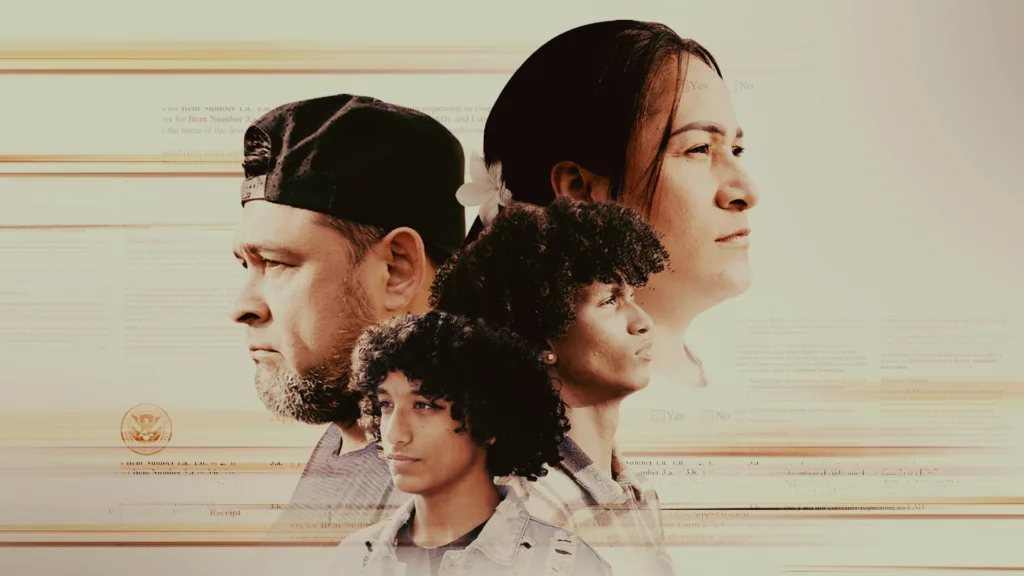How Should You Investigate a Death?

November 23, 2013
Share
Nearly 100,000 Americans die each year of unnatural causes. But the investigations of most of these deaths don’t happen the way they do on TV, where experts scour the scenes for clues and gather evidence for a sharp investigator who can solve the case.
Post-Mortem: Death Investigation in America, a 2011 FRONTLINE investigation with ProPublica and NPR, found a frighteningly different picture: a dysfunctional system lacking oversight and consistent standards, and plenty of deaths that go unexamined.
That’s in part because most law enforcement agencies are small — according to the 2008 Law Enforcement Census, roughly 95 percent of law enforcement agencies across the nation employ fewer than 100 people. They don’t always have the resources or expertise to conduct thorough investigations, Marcella Fierro, a retired Virginia state medical examiner, told FRONTLINE.
“There are people out there trying to carry out death investigations and they’re trying to do them the best they can, but they don’t have the training, they don’t have the money, they don’t have the infrastructure and they don’t have the skill,” she said.
To help guide investigators across the country, the U.S. Justice Department released a report via the National Institute of Justice with recommendations for best practices – how a death investigation ought to be conducted.
Here are their key guidelines:
Securing the Scene: Before the investigator begins to search for evidence, they need to ensure that the scene is safe for investigation.
Dangerous circumstances may still exist at the scene that must be resolved before the investigator proceeds.
- Fires, structural issues, floods, chemical spills, or any other environmental dangers must be resolved.
- Dangerous suspects or animals should be apprehended to keep investigators from being attacked.
Preventing contamination: Contaminated evidence can blow a whole case, because it won’t hold up in court.
An investigator should:
- Keep health care providers from interacting with the scene as much as possible.
- Keep witnesses separated and away from anything in the scene that they might disturb.
- Allow friends or family members of the deceased into the scene, but keep them away from the body and any important parts of the environment.
- Debrief the first responder to get a description of the scene as it was discovered.
Preserving the evidence: It’s important to create permanent records to build a strong case file.
- Document the scene via photographs, diagrams and notes, and record smells, noises, and lighting conditions.
- Pay particular attention to the positioning of the body, which can suggest how the death occurred and whether it was tampered with — dragged, for example, or re-positioned.
When a police officer is involved, an accurate death investigation is important, especially from a liability standpoint, says Vernon Geberth, a retired New York police lieutenant commander who wrote the widely used textbook, Practical Homicide Investigation.
To make sure it’s done right, an outside agency should be called in to take on the case immediately, he said.
“You can’t possibly investigate a member of your department the same way you investigate an average case,” Geberth told FRONTLINE. “Because people know each other as friends, you leave yourself open to criticism.”
He added: “You do it right the first time. You only get one chance.”

Related Documentaries
Latest Documentaries
Related Stories
Related Stories
Explore
Policies
Teacher Center
Funding for FRONTLINE is provided through the support of PBS viewers and by the Corporation for Public Broadcasting, with major support from Ford Foundation. Additional funding is provided the Abrams Foundation, Park Foundation, John D. and Catherine T. MacArthur Foundation, Heising-Simons Foundation, and the FRONTLINE Trust, with major support from Jon and Jo Ann Hagler on behalf of the Jon L. Hagler Foundation, and additional support from Koo and Patricia Yuen. FRONTLINE is a registered trademark of WGBH Educational Foundation. Web Site Copyright ©1995-2025 WGBH Educational Foundation. PBS is a 501(c)(3) not-for-profit organization.





















